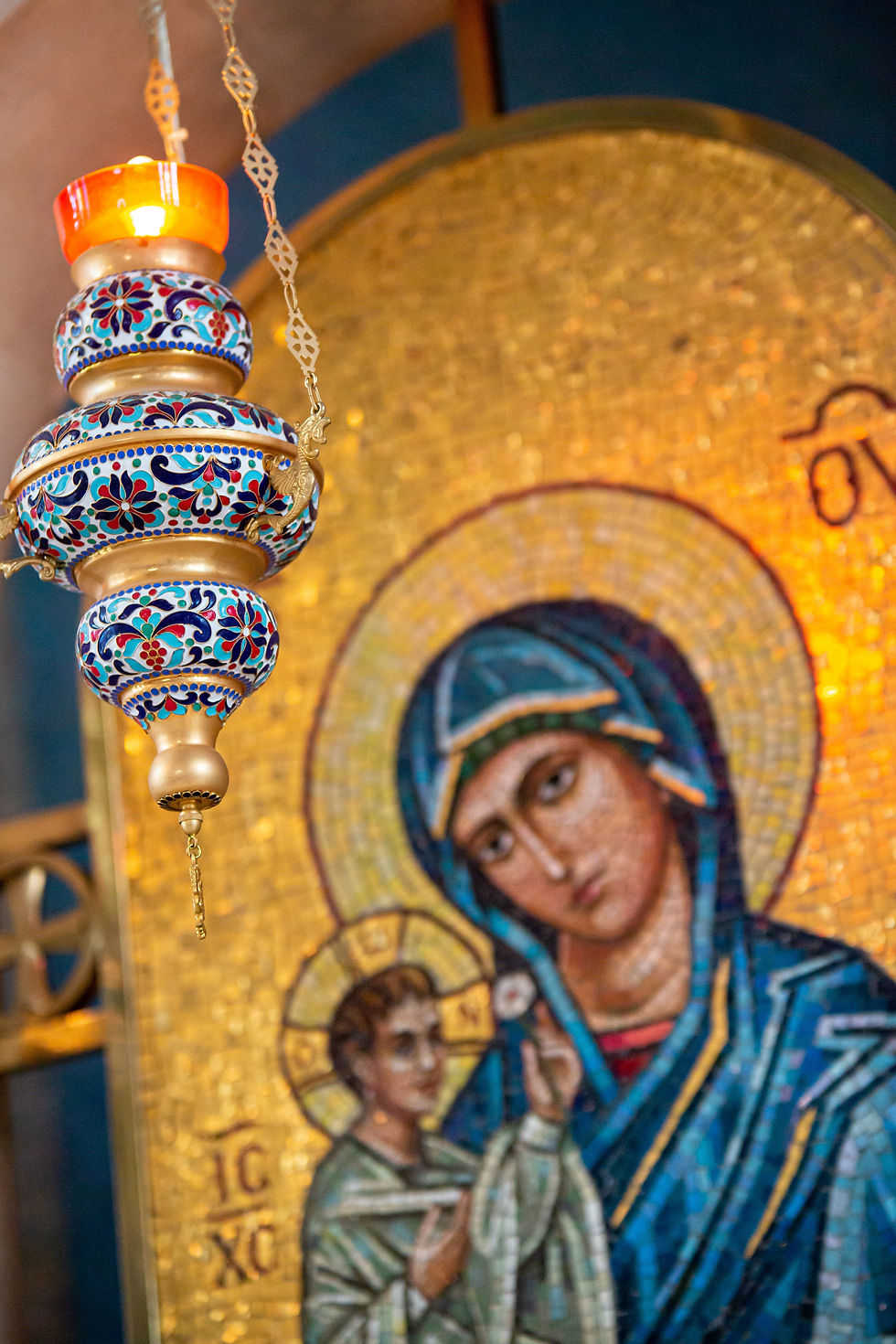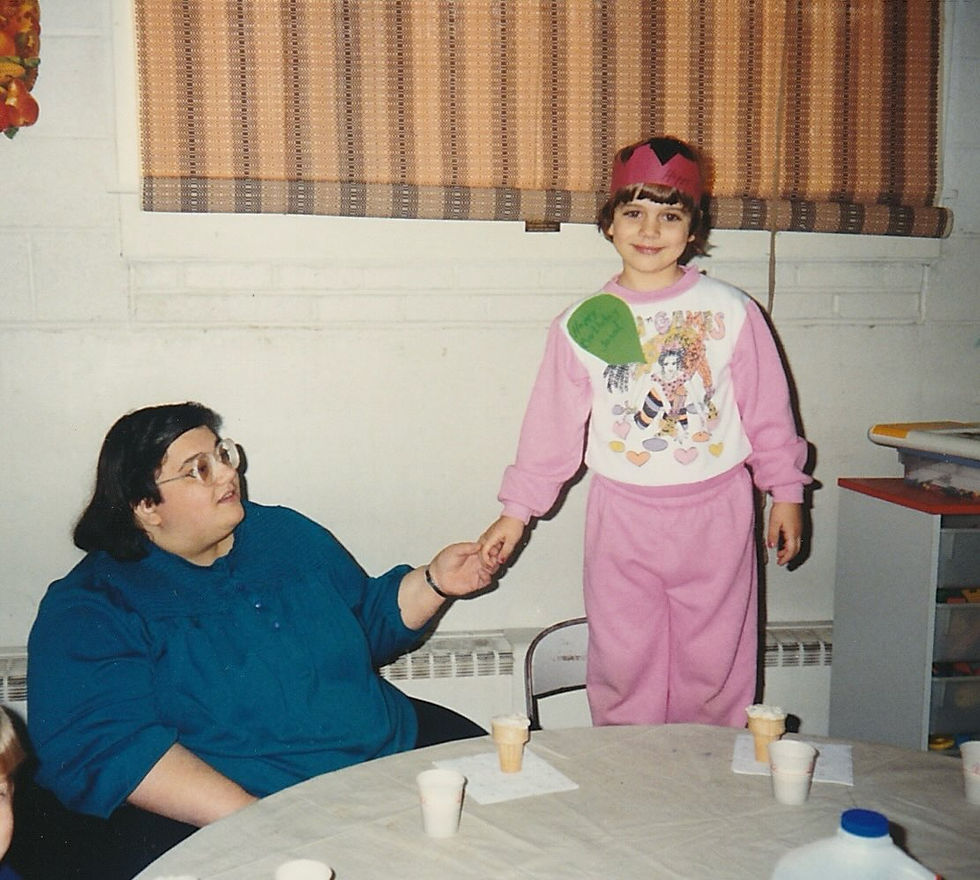Like a Butterfly, part 1
- Rachel Conrad Carlson

- Apr 11, 2022
- 2 min read
Today is part one of a two-piece series. Look for part two tomorrow.

This January marked eight years since my mom passed away. I think both suffering and dying well are concepts that our culture wrestles with, and that we don’t give enough space for or credit to doing them well. In my mom’s case, I watched her die a very difficult death after living a pain-filled life, and she did both beautifully well. Remarkable, I think. During this Lenten season, it has struck me anew how much her life of physical suffering modeled the idea of “already but not yet” on which the practice of Lent compels us to dwell. When I consider how Carolyn Conrad chose to live her life, the reality of her dying well—even in immense pain— echoes the fragile Lenten balance of simultaneously being aware of the immeasurable weight of sin and suffering even while clinging to God’s great promise of resurrection.
Alone in a doctor’s office at the age of fourteen, my mom was diagnosed with Myotonic Dystrophy, a type of genetic Muscular Dystrophy (MD) that weakens muscles all throughout the body and worsens in severity as the years pass, disabling its victims in both infinitesimal and monumental losses of muscle use. Once a set of muscles weakens, it is almost impossible to regain strength in that area. Throughout her life, my mom lost the full use of muscles in her calves, thighs, stomach, fingers, hands, arms, eyelids, throat and neck, just to name the areas I could visibly see, since Mom rarely talked about her pain. My mom lived until the age of 53, and fought with all her strength not to be wheelchair-bound until the last few years. And yet–my mom’s story is not solely one of suffering.
One night about a year before she died, we read an essay together by J.I. Packer entitled “Only When You Know How to Die Can You Know How to Live.”* In it, he writes, “And dying thus, in Christ, through Christ, and with Christ, will be a spiritual blossoming. As being born into the temporal world was our initial birthday, and as being born into God’s spiritual kingdom was our second birthday, being born through physical death into the eternal world will be our third birthday” (18).
And after I read that part aloud, Mom sat there silently, thinking. Then she said in her simple and straightforward way that so often belied the deep wisdom underneath (as I furiously scribbled her words in the book margins) — “So then, if you think of our lives as butterflies, death is the final stage of our metamorphosis. Before Christ is the sluggish life of a caterpillar when we’re just existing. Then the cocoon is our Christian life, resting in Christ and the process of being transformed. And in Heaven, just like the butterfly breaks out of its cocoon, we’ll also shed the constraints of this life and enter the soaring freedom of eternity.”
*J.I. Packer’s essay is found in a book-length compilation of essays edited by Nancy Guthrie, entitled O Love That Will Not Let Me Go: Facing Death with Courageous Confidence in God. I highly recommend it if you too are looking for ways to find God’s presence in the deep voids of grief.






Comments